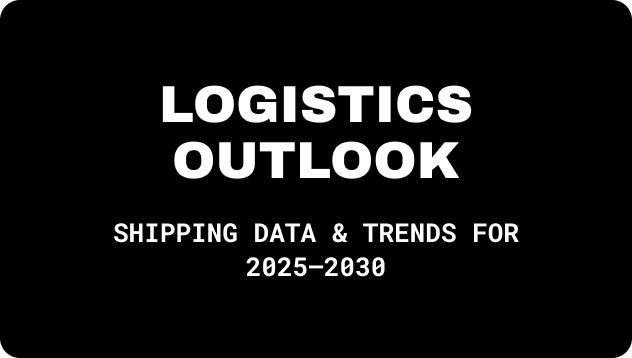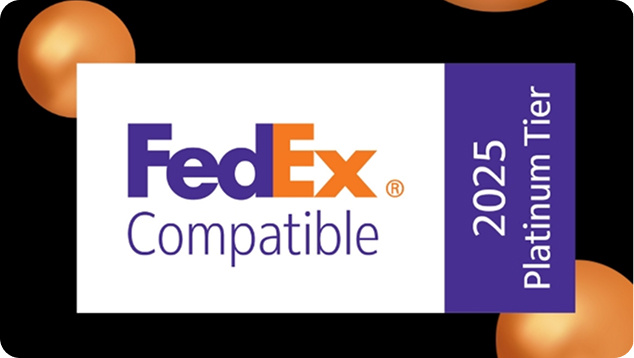Fashion Industry Shipping: 7 tips for reducing costs
If you are a Fashion Business Owner you know it, shipping and transportation costs are a big matter to deal with.
This comes as a surprise expense to those who are just learning how to start a clothing brand. Thankfully, it’s possible to reduce some of these costs.
For business owners who can’t always ship several large shipments at a time, establishing a set of guidelines is imperative. Here are seven tips for reducing your transportation and shipping costs.
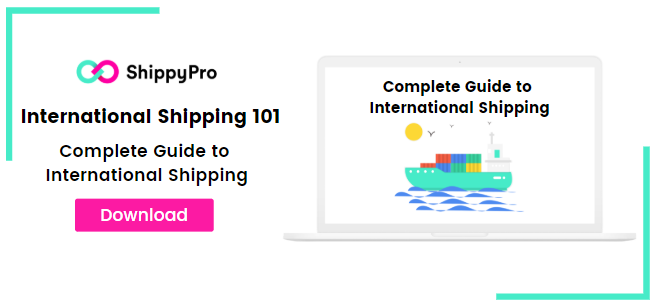
Table of Contents
Avoid using one carrier
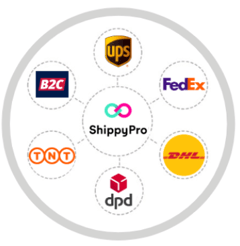
One of the best ways fashion businesses can save money on shipping and transportation costs is to avoid sticking to one carrier.
Choose the best carrier for each of your shipments since they will call for various requirements. Assess the delivery time and labor costs for each carrier since different carriers provide various rates based on the destination, dimensions, and weight of your packages.
For example, Fedex and UPS charge residential feed whereas USPS doesn’t.
That can add up to a lot of money over time. By keeping all of your options in mind, you’re more likely to cut costs and give your customers the best rates.
Follow the Carrier’s Fees & Services
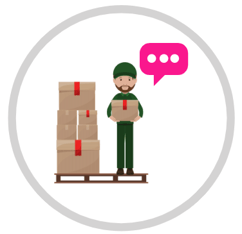
Once you have a carrier in mind, work with the specialist to match that carrier’s fees and services. Keep the various shipping requirements in mind, such as the method of delivery and timing.
Business owners who don’t work directly with the carrier on shipping and transportation criteria can spend upwards of 40% or more compared to those that do.
One factor you should keep in mind is to determine whether you should ship by ground or by air. Find out how much you can save by using air services or ground services.
The savings vary on many factors, including the distance, the size and dimensions, and its weight and value. Check out that carrier’s specific delivery schedule and use that information to compare prices and timelines.
Fashion businesses should also establish rules so their staff knows when to ship out each of their orders accordingly, so customers can avoid paying more for express delivery. If you have to send out a last-minute order, air services may be your best option but will come at a steep cost.
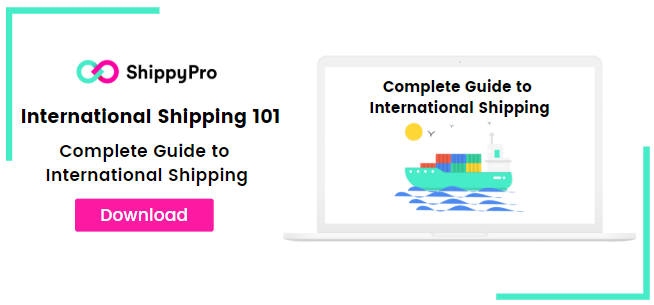
Establish Transportation Charge-Back Policies
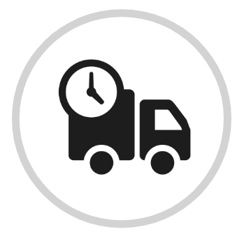
Be honest with your customers and let them know when they’ll have to pay for shipping costs, and when you’ll need to.
Three-day parcel service is considered as a standard service that’s often paid by the business. Meanwhile, premium services such as express delivery, overnight, or two-day shipping are paid entirely by the customer.
Once you establish these policies, update your customer service and sales staffs since they directly interact with your customers.
Use a Postage Meter for All Future Shipments

A postage meter is a device that comes weighs each of your packages with a scale. It then provides you with the postage costs and prints shipping labels.
Postage meters can reduce the need for mail delivery services to determine the weight of your package and purchase additional postage. It can also reduce the risk of over-postage and is better than standing in line at the post office.
Postage meters can help fashion businesses save as much as 20% annually in postage and transport fees. While a postage meter is an affordable investment, some monthly fees start at $20.
Know When You Should Consolidate

If you’re delivering several packages that weigh between 150 pounds and 20,000 pounds, Sewport CEO Boris Hodakel suggests using a freight consolidation service. These types of services combine your shipments with others using full truckload transportation.
However, less than container load or truckload rates generally cost more than full container load or truckload rates. Each of these shipments needs to be consolidated into a single truckload shipment. If your fashion business requires a full truckload shipment, then the carrier just needs to load the truck with your shipments.
Track Each of Your Carrier’s Performance

Use a scorecard to keep track of your transportation costs and shipping services. Designate one scorecard for each carrier. Include detailed information on each of your scorecards, such as customer service, delivery response and delivery appointment times, online status data, or pickup times.
Cost factors may include cost by service level, baselines by weight or distance, and other fees such as additional handling costs or time-specific delivery times. Communicate any mistakes or failures with your carrier. You can also solicit input from your customers through online surveys, testimonials, and more.
Know Where You’re Shipping

If you ship to a certain region of the world, then a regional carrier may be your best option. Regional carriers have lower rates compared to national carriers since they deliver to a specific area. There are some carriers who cover the East Coast or West Coast, and sometimes offer faster shipments within certain locations.
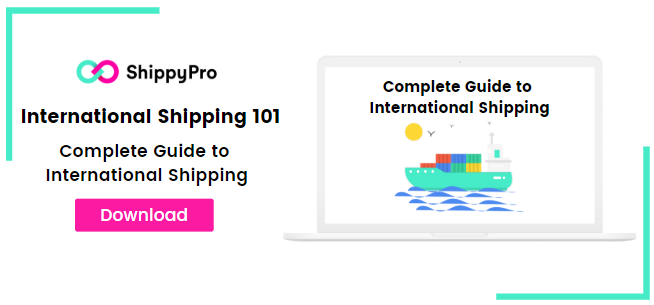
Check out Sewport to know more about how to start a clothing brand.
Tomas Smith
Content Outreach Manager
Sewport.com
ShippyPro is the complete shipping software for online and offline retail. With Label Creator, Track & Trace, Easy Return and Analytics features, our software simplifies your shipping operations. ShippyPro integrates with over 180 carriers and 80 sales channels, making it compatible with a wide range of products and use cases.






